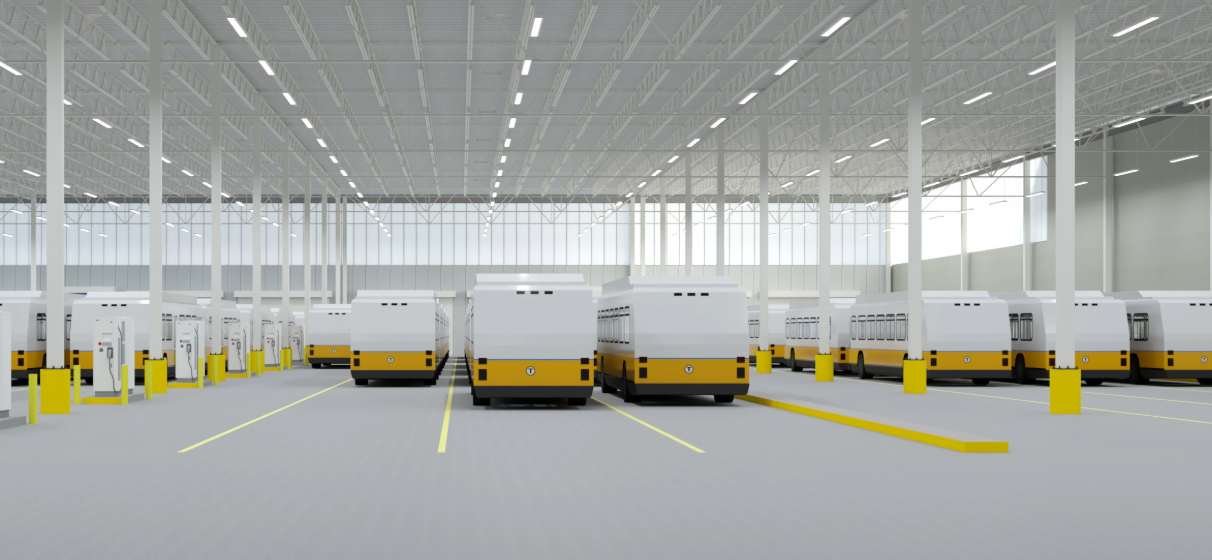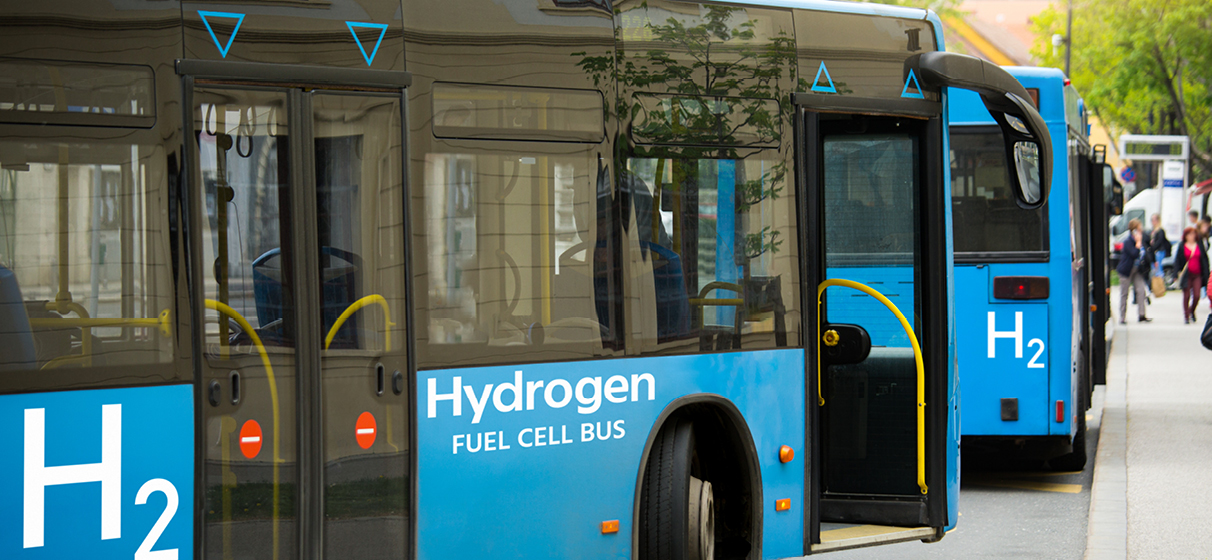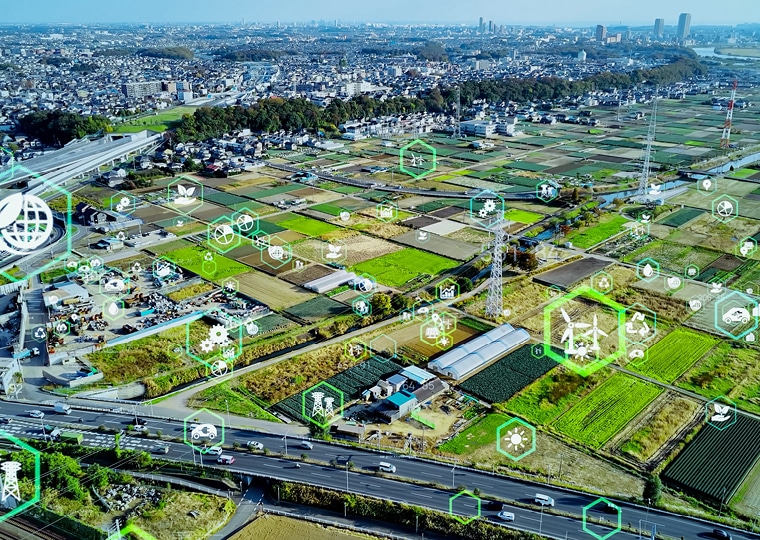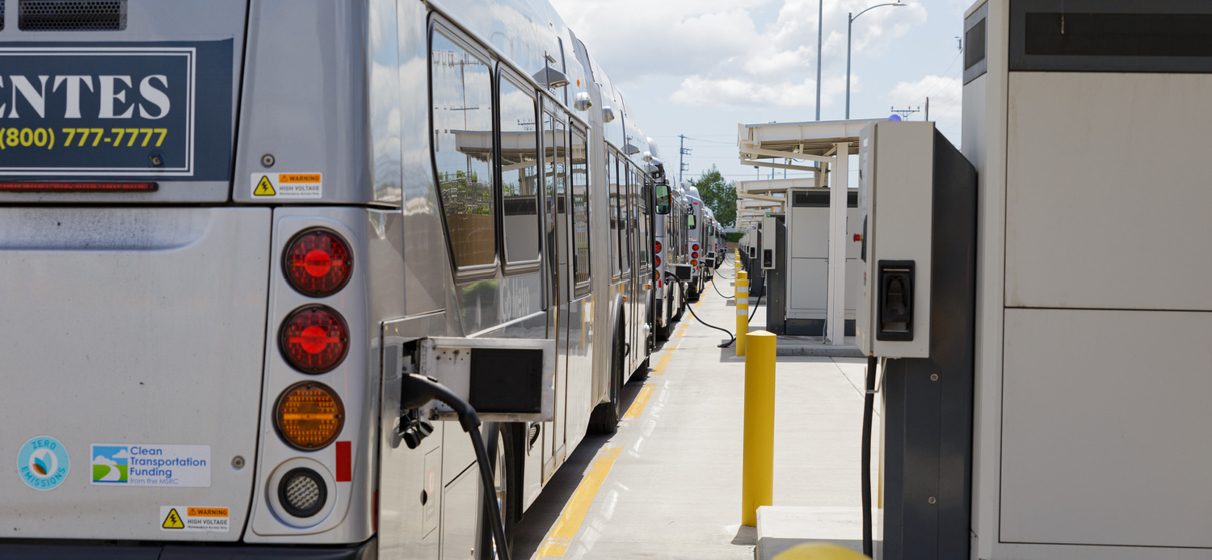As transit agencies accelerate their push toward zero-emission fleets, one technology is quietly gaining momentum – hydrogen fuel cell buses (FCEBs).
While battery-electric buses (BEBs) are still the dominant zero-emission bus type in the United States, the number of FCEBs that were delivered or in operation has increased by 55 percent since 2023. And that number is expected to grow. That’s because FCEBs offer longer range, faster refueling times and unique operational advantages in colder climates.
At the 2025 APTA Sustainability and Operations/Planning (SOP) Workshop, Krishani Teeluck, PhD, a senior sustainable design specialist at STV, discussed concerns related to safety, reliability and cost while answering questions from suppliers, consultants and public transit specialists on hydrogen fundamentals, safety considerations, funding opportunities and lessons learned from early adopters.
1. Why are transit agencies increasingly exploring hydrogen technology?
Transit agencies across the country have set ambitious decarbonization goals, and battery technology has been the most accessible starting point. But BEBs have limitations in terms of range, charging times and performance in certain operating conditions. Hydrogen fuel cell buses can travel longer distances, refuel in minutes and perform especially well in cold weather, where traditional batteries lose efficiency. While the average battery-electric bus takes roughly eight hours to charge for a range of 200 miles, hydrogen buses can be fueled in under fifteen minutes for a 350-mile drive. These benefits make hydrogen an attractive option for agencies planning systemwide zero-emission transitions.
2. When it comes to hydrogen buses, what safety considerations are most important for agencies?
Hydrogen has a reputation for being unsafe, but the data tells a different story. Studies from the U.S. Department of Energy and Sandia National Laboratories show that hydrogen is actually less likely to ignite than gasoline, disperses quickly outdoors and poses no risk of soil or water contamination if leaked. Like any fuel, hydrogen requires careful handling and thorough safety systems, but with proper ventilation, leak detection and emergency protocols, hydrogen is proven as a safe alternative.
3. If safety isn’t a concern, what makes hydrogen adoption challenging for transit agencies?
Cost and access are the two biggest barriers. Hydrogen is still more expensive per kilogram compared to diesel or electricity. That’s where the $7 billion federal investment in seven regional hydrogen hubs is so important. Each hub is developing localized production, infrastructure and its own regional expertise: whether it’s California’s renewable energy-based hub or Texas’s focus on pipeline delivery systems. As these hubs come online, they’ll reduce costs and expand availability, making hydrogen more practical for transit fleets.
4. How has STV helped agencies explore hydrogen as part of their zero-emission strategies?
At STV, we help agencies evaluate hydrogen alongside other zero and low-emission technologies to determine what mix of solutions best meets their service, budget and long-term goals. Our services range from feasibility studies and financial modeling to infrastructure design, safety compliance and procurement support. Hydrogen isn’t the answer for every agency, but for many, it fills a crucial gap. By approaching it strategically and with strong partnerships, public transit agencies can implement transitions for their staff and our communities that are resilient, cost-effective and future-ready.








